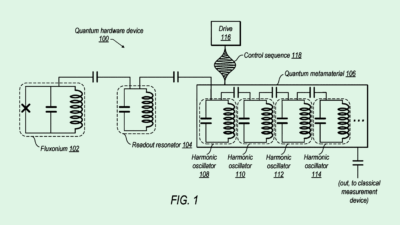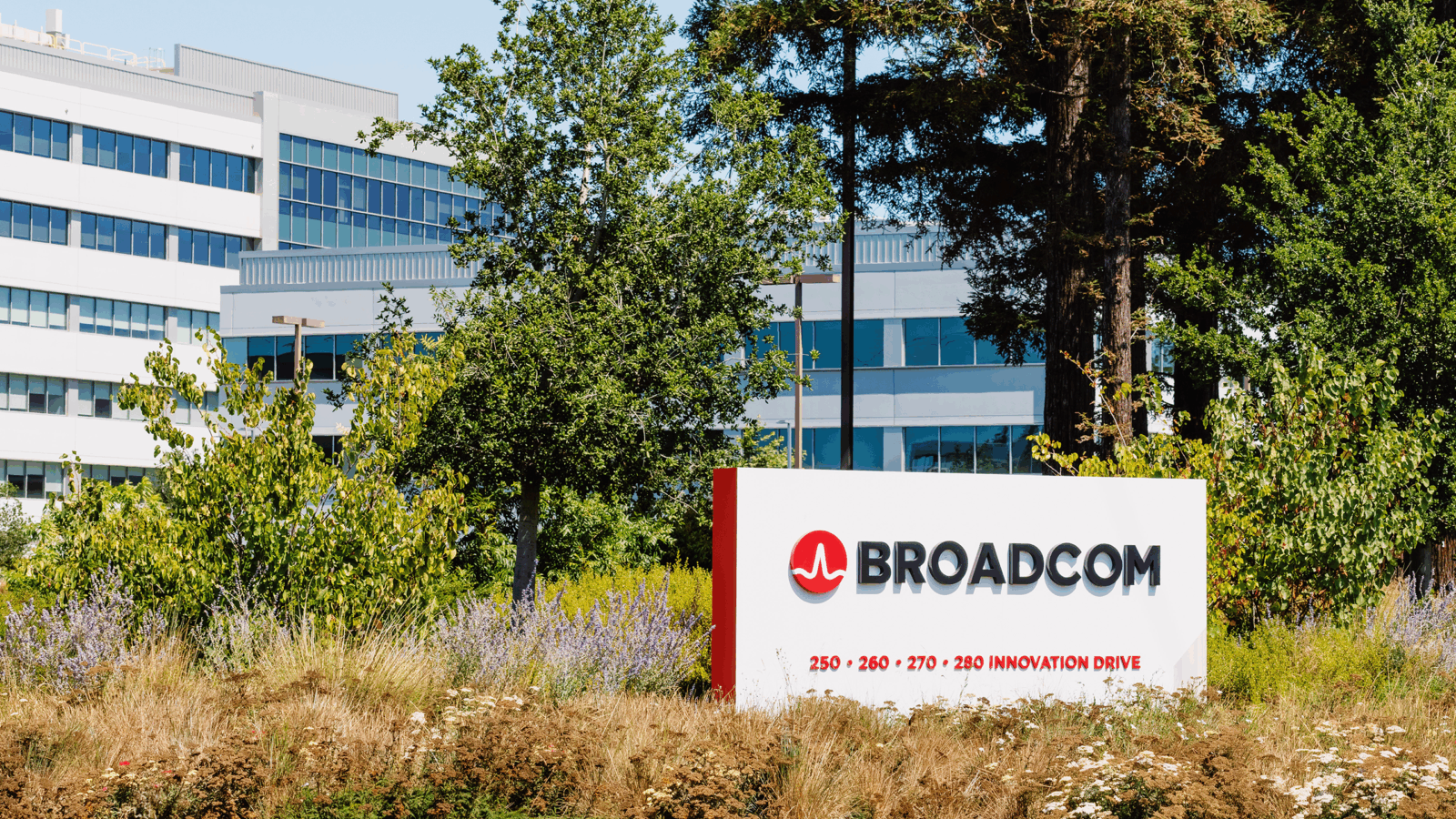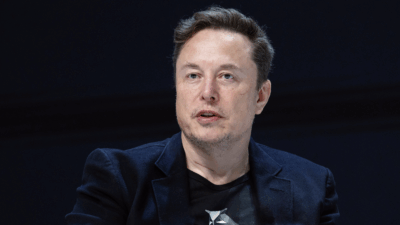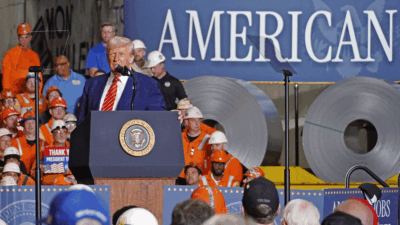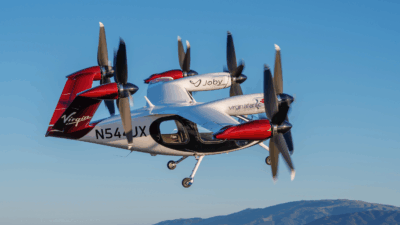Europe Spends $11 billion to have an Alternative to Starlink
It’s part of the EU’s goal to build its own spacefaring infrastructure, reducing its dependence on US private companies.
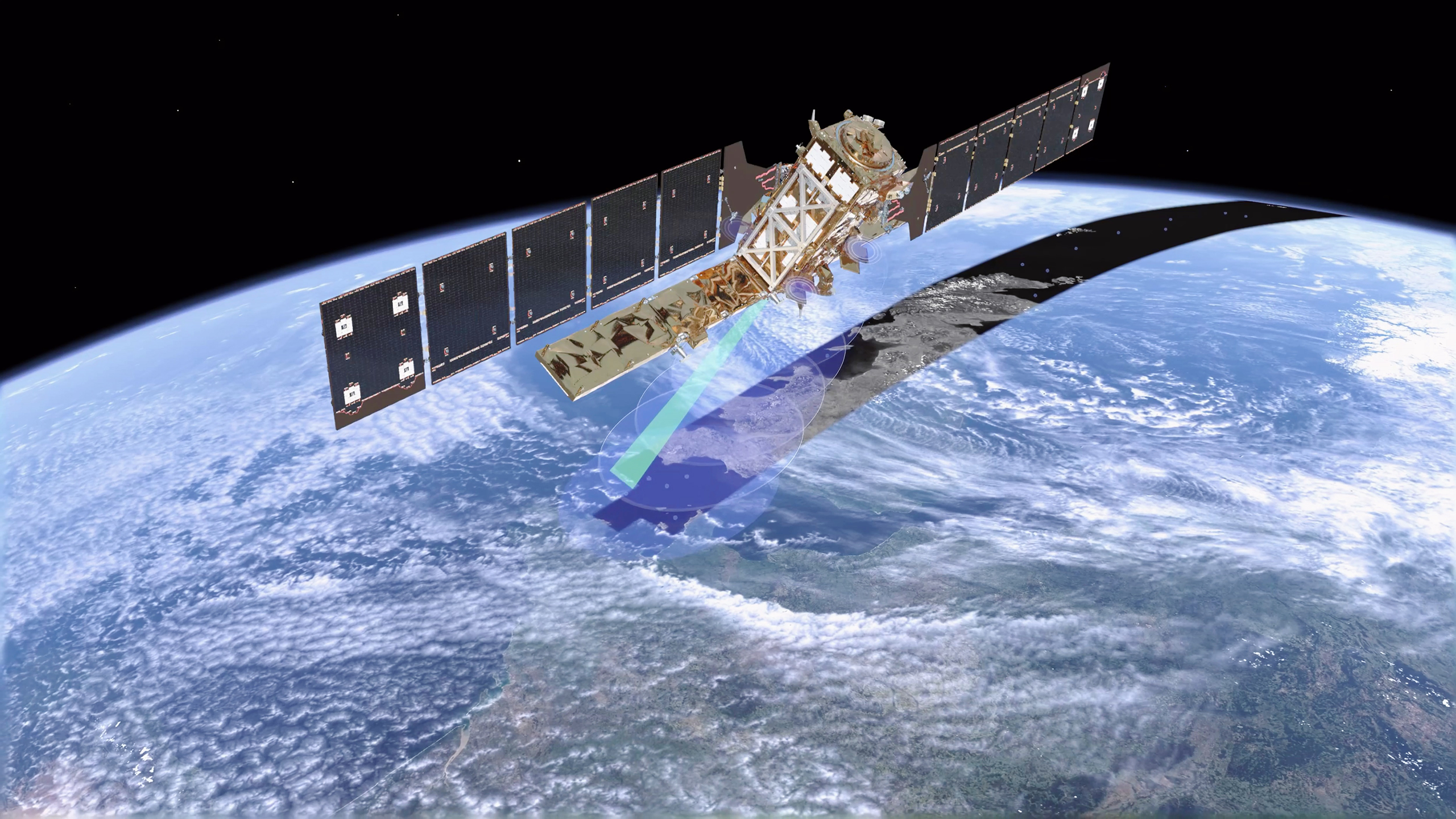
Sign up for smart news, insights, and analysis on the biggest financial stories of the day.
Get ready for a much busier night sky. (No, this isn’t another story about whatever is going on in New Jersey.)
The European Union signed off on a contract to launch a satellite constellation through the European Space Agency (ESA). The project, called IRIS², has a €10.6 billion price tag and the costs will be split between the EU, the ESA, and the private sector. It’s part of the EU’s goal to build its own spacefaring infrastructure, reducing its dependence on US private companies for launches in general, and one company in particular.
Constellation Wars
Europe’s once promising satellite telecommunications industry has flagged in recent decades, with many companies specializing in placing geostationary satellites in high orbit, usually about 36,000 km (22,000 miles) above the earth. That’s in opposition to companies like Starlink, the satellite wing of US space giant SpaceX, which stick to low-earth orbit (LEO) at a maximum height of 2,000 km (1,200 miles). LEO satellites are good for telecommunications because, well, they’re closer, so they can receive and transmit data a lot faster. The promise of Starlink’s satellites has been to beam down the internet to parts of the world without good connectivity.
At the moment SpaceX is pretty dominant in the LEO satellite market, and currently has around 6,714 functioning satellites in orbit. Amazon also wants to launch its own satellite constellation, known as Project Kuiper, but hasn’t managed to actually send up any satellites yet, and with President Trump retaking the White House with SpaceX CEO Elon Musk as a confidante, SpaceX’s pole position looks even stronger than before. For Europe, that’s all the more reason to speed up its space plans:
- “In an increasingly complex geopolitical world, ensuring resilient, secure and fast governmental communications is essential,” Director General of the ESA Josef Aschbacher said in a statement.
- The way IRIS² is structured, the EU will pour €6 billion ($6.3 billion) into it while the private sector will contribute €4 billion ($4.2 billion), with the ESA kicking in the final €550 million ($577 million). The Financial Times reports the single biggest private sector investor will be French satellite company Eutelstat, which is contributing €2 billion.
Yet More Space Geopolitics: Europe isn’t the only world power racing to keep up with Starlink. China has three LEO satellite projects called Qianfan, Guo Wang, and Honghu-3, and per CNBC, the nation plans to eventually launch 38,000 satellites into low earth orbit. An extra motivating factor for China is that if Starlink’s internet footprint widens, it could potentially give Chinese netizens access to uncensored internet.







